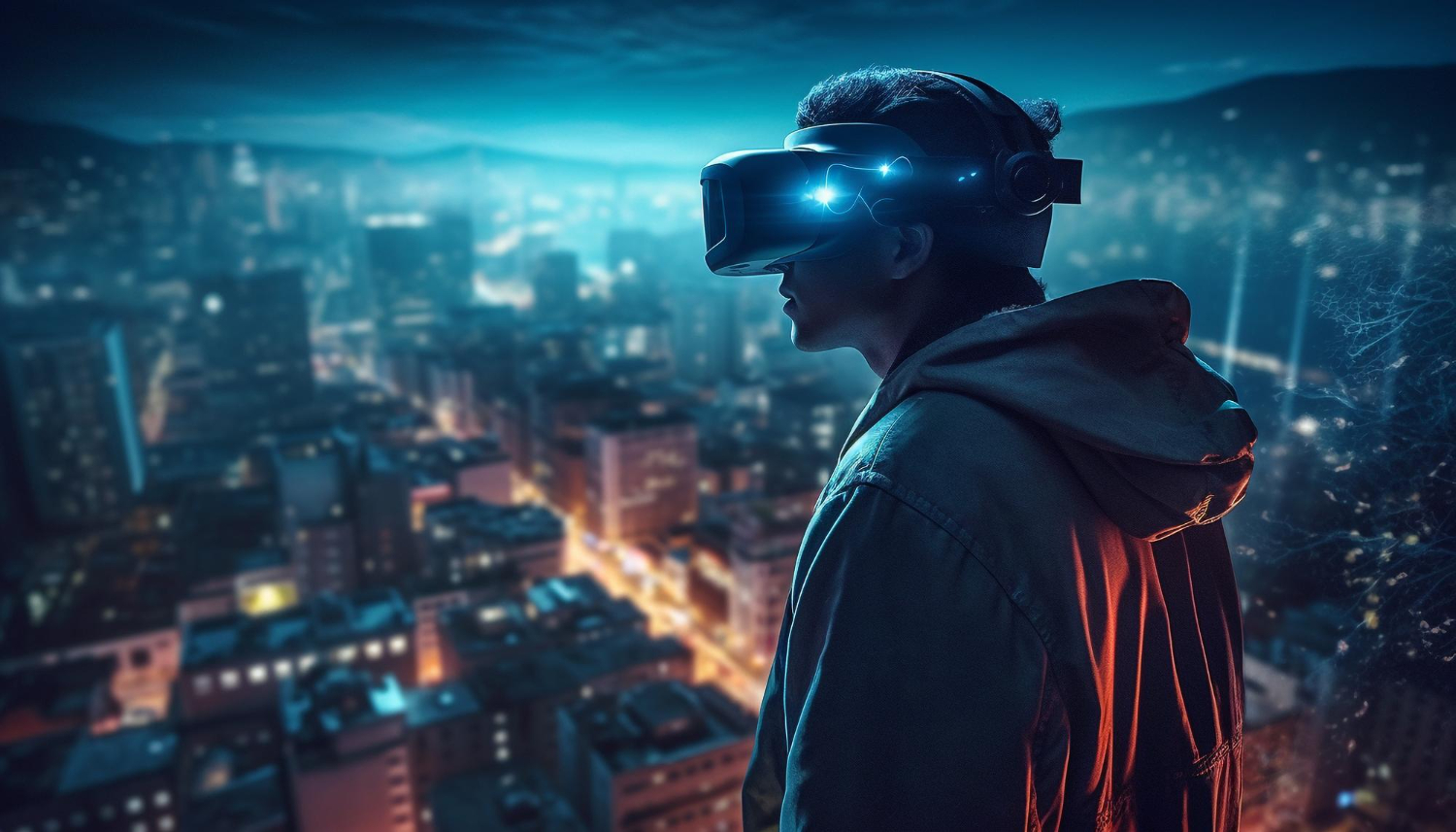Integrating Virtual Reality (VR) and Augmented Reality (AR) with Drupal: Opportunities, Modules, and Real-world Applications

In the ever-evolving realm of web experiences, the integration of Virtual Reality (VR) and Augmented Reality (AR) is reshaping how users interact with digital content. Drupal, known for its flexibility and adaptability, is at the forefront of harnessing these immersive technologies. This article delves into the integration possibilities, relevant Drupal modules, and practical applications of VR and AR within the Drupal ecosystem.
1. Opportunities with VR and AR in Drupal
Enhanced User Experiences: Introduce immersive, 3D environments or augmented overlays that engage users more profoundly than traditional 2D interfaces.
Interactive E-commerce: Allow users to visualize products in real-world settings or even "try them on" virtually.
Virtual Tours: Offer virtual site visits for real estate listings, tourist spots, or educational campus tours.
Immersive Learning: Provide educational content in an engaging, interactive manner, enhancing retention and understanding.
2. Drupal Modules for VR and AR Integration
VR View: This module integrates with the Google VR View API, enabling Drupal sites to display 360-degree photos and videos in virtual reality.
AR.js: While not a Drupal-specific library, AR.js is a leading solution for web-based augmented reality. Drupal developers can integrate it using custom modules or JavaScript libraries to superimpose AR content over real-world views.
A-Frame: A web framework for building virtual reality experiences, A-Frame can be integrated with Drupal to deliver VR content directly in browsers.
3. Real-world Applications of VR and AR in Drupal
Museum and Cultural Site Exhibitions: Museums can offer virtual tours, where visitors, with the help of VR headsets or their smartphones, can experience exhibits from anywhere in the world.
E-commerce Product Visualization: Online retailers can use AR to let customers visualize how furniture might look in their living room or how a pair of glasses might look on their face.
Educational Augmentations: Institutions can develop modules where students can point their devices at textbook pages or markers to access augmented content, enhancing the learning process.
Real Estate Virtual Showcases: Real estate agencies can provide virtual property tours, allowing potential buyers or renters to explore properties remotely.
4. Considerations for VR and AR in Drupal
Performance: VR and AR experiences require robust performance. Ensure that the hosting environment can handle the added demands of these technologies.
Accessibility: While VR and AR can enhance user experience, it's crucial to ensure that content remains accessible to all users, including those with disabilities.
Cross-platform Compatibility: Test VR and AR implementations across various devices and browsers to ensure a consistent user experience.
User Health and Comfort: Prolonged exposure to VR, in particular, can cause discomfort or health issues for some users. It's essential to provide clear usage guidelines and ensure that interfaces are user-friendly.
5. The Future of VR and AR in Drupal
As the adoption of VR and AR technologies grows, more Drupal modules and distributions tailored for these experiences will likely emerge. Coupled with advancements in web technologies, such as WebXR (which facilitates web-based VR and AR), Drupal's potential as a platform for immersive digital experiences will only expand.
Conclusion
The integration of VR and AR with Drupal opens a world of possibilities for delivering immersive, engaging web experiences. Whether it's for e-commerce, education, or entertainment, the combined power of Drupal with VR and AR promises to redefine the boundaries of digital interaction.










